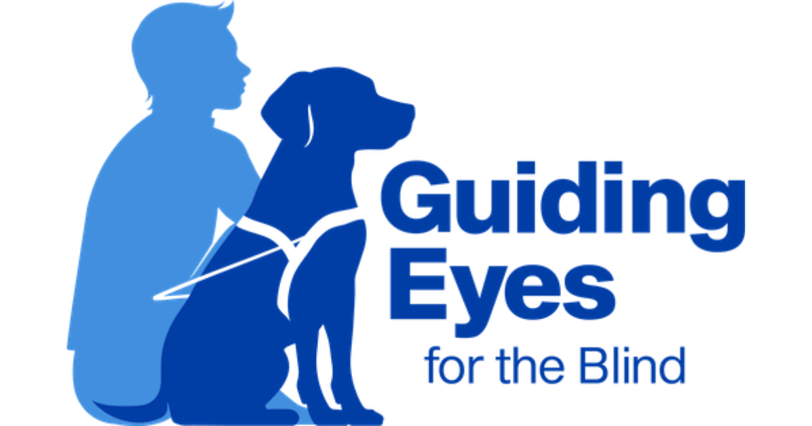Living with a Guide Dog: Insights from Guiding Eyes for the Blind's Melissa Carney
This blog post explores the transformative partnership between guide dogs and their handlers, featuring insights from Melissa Carney of Guiding Eyes for the Blind. It highlights the rigorous training process for guide dogs, eligibility criteria, daily life with a guide dog, and the enduring value of these companions amidst technological advancements. It emphasizes the empowerment, independence, and mutual trust that define this unique relationship.
Shaimond Foye
2/17/20252 min read


Introduction
In the bustling world of mobility aids, guide dogs stand as a beacon of companionship and independence for many individuals who are blind or visually impaired. On a recent episode of the Charles Bonnet Syndrome podcast, host Shaimond Foye sat down with Melissa Carney, Community Outreach and Graduate Support Manager at Guiding Eyes for the Blind. With extensive personal and professional experience, Melissa shared invaluable insights into the world of guide dogs. Here’s a look into their enlightening conversation.
Melissa Carney’s Role at Guiding Eyes for the Blind
Melissa Carney has been pivotal in her role for over three years, advocating for access and inclusion within communities. Her multifaceted responsibilities include resolving access discrimination issues, preparing potential applicants for guide dog readiness, and educating the public on blindness and guide dogs.
Eligibility for Guide Dogs
When considering eligibility, Melissa highlighted that an applicant must be legally blind and possess strong orientation and mobility skills. The selection process is meticulous, as it involves evaluating whether applicants can independently manage daily tasks and if their lifestyle will support a guide dog’s needs. While age is not a barrier, the ability to travel to various destinations and maintain consistent routines is crucial. One important note is Guiding Eyes for the Blind's guide dogs are free of charge.
Training and Success Rates
Melissa noted, “Only about 55 percent of dogs bred for guide work actually become guide dogs when the training process is complete.” Training is an intensive process that begins at birth, where puppies are exposed to an array of sensory experiences and later placed with volunteer puppy raisers. These volunteers teach basic obedience and socialization, preparing the dogs for their future roles.
The Day-to-Day with a Guide Dog
Routine and teamwork epitomize life with a guide dog. From planning daily walks to addressing obstacles during travel, guide dog handlers must remain proactive and patient. “The communication is seamless and it’s a beautiful experience being able to almost read each other’s minds,” Melissa shared, underscoring the deep bond that forms between handler and dog.
Are Guide Dogs the Right Choice?
For individuals contemplating the transition from a white cane to a guide dog, Melissa suggests considering personal travel habits and the adaptability required for this partnership. Guide dogs offer a different form of independence and confidence that many find empowering.
Technological Advances and Guide Dogs
When asked about the impact of AI on guide dogs, Melissa expressed confidence in the enduring value of guide dogs. The trust, love, and instinctual protection guide dogs provide are irreplaceable by AI technologies. However, Melissa encourages embracing technological aides such as Aira and Seeing AI alongside traditional tools to enhance mobility and independence.
Choosing Guiding Eyes for the Blind
Guiding Eyes offers specialized training for individuals with disabilities in addition to blindness and provides financial support to minimize vet care costs. Their comprehensive training and follow-up support extend beyond initial placement, ensuring a lasting and successful partnership.
Conclusion
Whether considering a guide dog or already navigating life with one, understanding the commitment and partnership involved is crucial. Melissa Carney’s insights paint a picture of the profound relationship between guide dogs and their handlers—one not merely defined by mobility, but by mutual care and companionship. For more information, Guiding Eyes for the Blind offers extensive resources on their website, providing a foundation for those interested in exploring this transformative journey.
Through her role and personal experience, Melissa continues to advocate for empowering visually impaired individuals with the choices that best suit their lives. As she emphasizes, “Feel empowered by the fact that you have options to pursue and that you're not just stuck inside one specific box.”
You can listen to Melissa's episode on the Charles Bonnet Syndrome Podcast here.